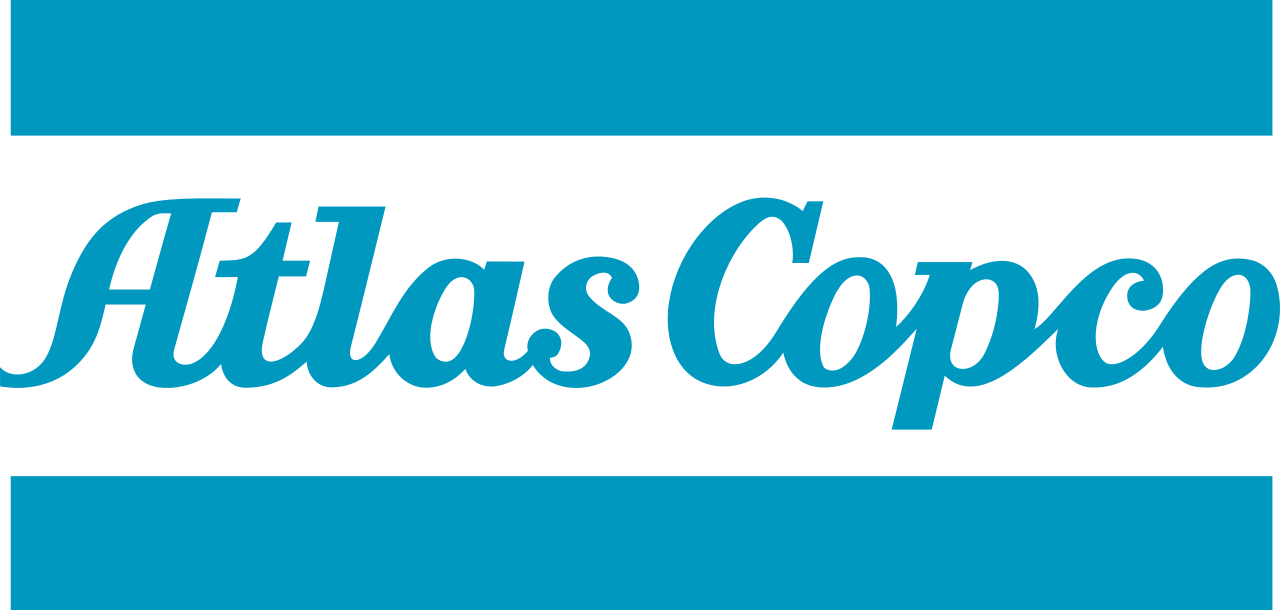Efficient and Responsible Use of Resources at Atlas Copco
Atlas Copco strives to reduce its environmental footprint across the value chain and delivers energy-efficient products designed with a life cycle approach.
Enhanced risk management
Atlas Copco faces risks driven by changes in environmental regulations, availability of resources and other developments. In 2015, Atlas Copco sharpened the environmental KPIs to integrate these risks.
Energy security
Diversifying sources of energy to include renewable sources not only has a positive environmental impact but can also bene t the business by protecting it from price uctuations and the lack of availability of traditional energy sources.
While the Group prioritizes switching to renewable energy sources in many growth markets, renewable energy is not readily available or is a minor component in the country’s energy mix. The targets that will be set for water and energy consumption take into account the expected business growth in such regions.
Water risk management
Atlas Copco’s overall water consumption is relatively low. This is due to its asset light business model, and the focus on assembly rather than steel manufacturing or other resource intensive activities.
With some of its own operations in sev- eral countries facing water scarcity, Atlas Copco has started to use water indices to identify operations located in water-risk areas, from physical, legislative or cost per- spectives. Group companies in these areas should implement a water-risk management plan. Innovative product design also aims to reduce water use when drilling to explore for minerals, for example. Business areas ana- lyze reported data to identify the highest consuming entities in order to focus the efforts to reduce the impact.
Environmental risks in the supply chain
The Group recognizes the risk and respon- sibility to manage water and other environ- mental risks in its value chain, (Risks, page 39). Smelters and other resource-intensive activities are often tier 2 suppliers, or fur- ther down the value chain. The Group works with suppliers using its 10 criteria letter and action plans that are developed with business partners (page 49). Atlas Copco’s business partners must commit to conducting their business with environmen- tal preservation in mind, including water use and waste water treatment.
Ideally, Atlas Copco’s suppliers should have an environmental management system or, as a minimum, be committed to develop- ing an environmental policy or system, to ensure continuous improvement of their environmental performance. Commitment to Atlas Copco’s 10 criteria means that suppliers should take responsibility to mini- mize the environmental impact that prod- ucts and services may have while being manufactured, distributed and used, as well as during their disposal.




